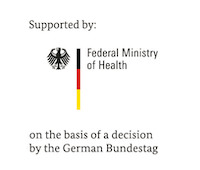Research Projects
Genomic surveillance and evolution of zoonotic viruses
Surveillance of viral pathogens using molecular methodologies is the gold standard approach for viral monitoring of reservoir and vector natural populations. However, the most used methodology, polymerase chain reaction (PCR), provides limited information about the viral lineages and spread dynamics through time, two key pieces of information needed for the implementation of effective virus control measures. Nowadays, the reduced cost of genome-wide sequencing allows a more in depth virus surveillance throught viral whole genome sequencing. In this project we aim to provide sustained whole genome monitoring of zoonotic viruses in Brazil to track epidemiological changes associated to viral lineages carrying a distinct mutational profile and understand viral lineages replacement and impact on vector competence and pathogenicity to reservoirs, vectors and humans.
Funding:
AvH - Alexander von Humboldt Foundation
FIOCRUZ - Oswaldo Cruz Foundation
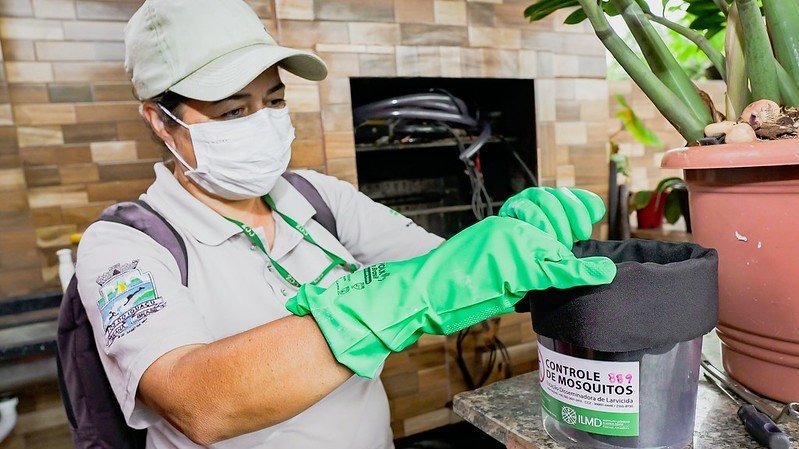
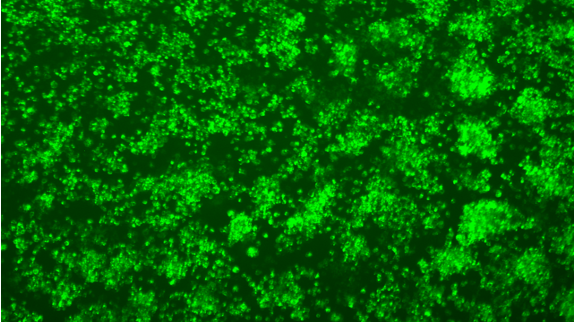
Synergistic ecological determinants of mosquito-borne virus emergence and transmission
Mosquito-borne viruses emergence and sustained transmission rely on specific biotic and abiotic ecological features that affect both hosts, virus and vectors. Several ecological determinants are known to modulate arbovirus emergence and transmission as climate conditions, abundant vector populations, vector competence, virus genotype and vector microbiome. Although there is extensive knowledge about the individual impact of these above mentioned ecological determinants, there is scant knowledge about their synergistic effect on mosquito-borne dynamics. In this project, we use preferentially the system (Aedes-Wolbachia-arbovirus-microbiome) to characterize the ecological determinants that drive mosquito-borne viruses dynamics in Brazil.
Funding:
FAPERJ - Fundação de Amparo à Pesquisa no Rio de Janeiro
CNPq - Conselho Nacional de Pesquisa e Desenvolvimento Tecnológico
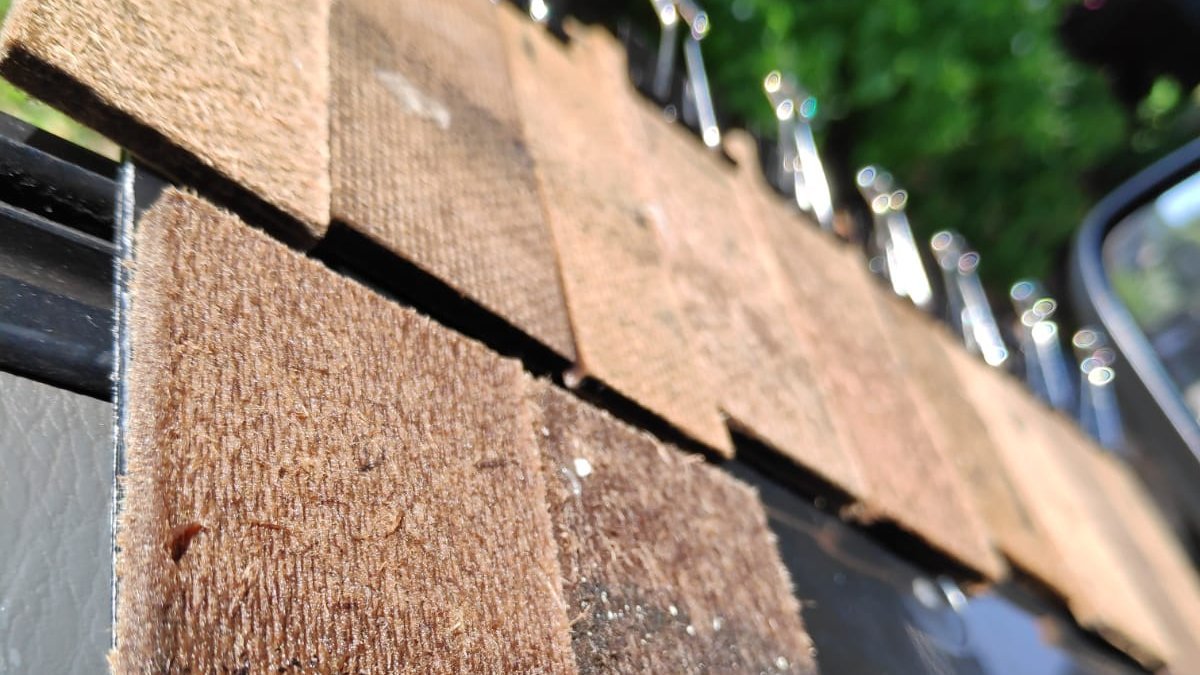
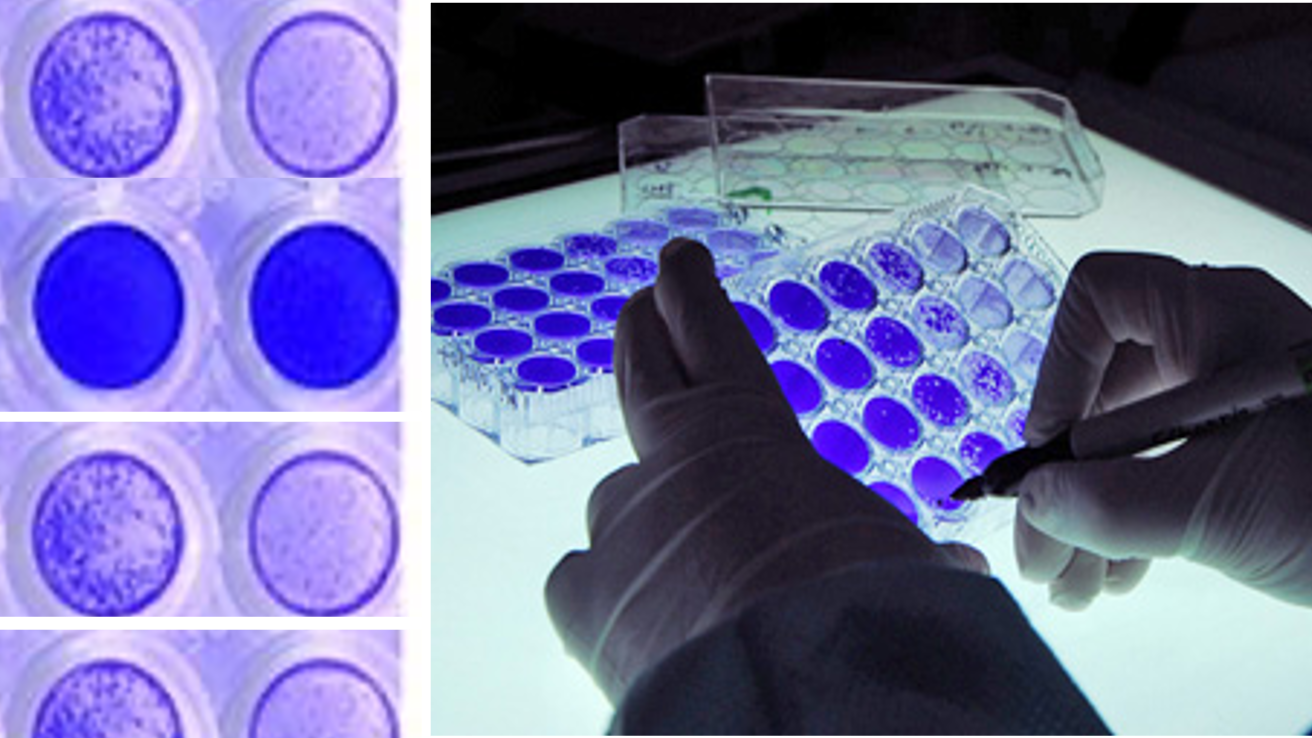
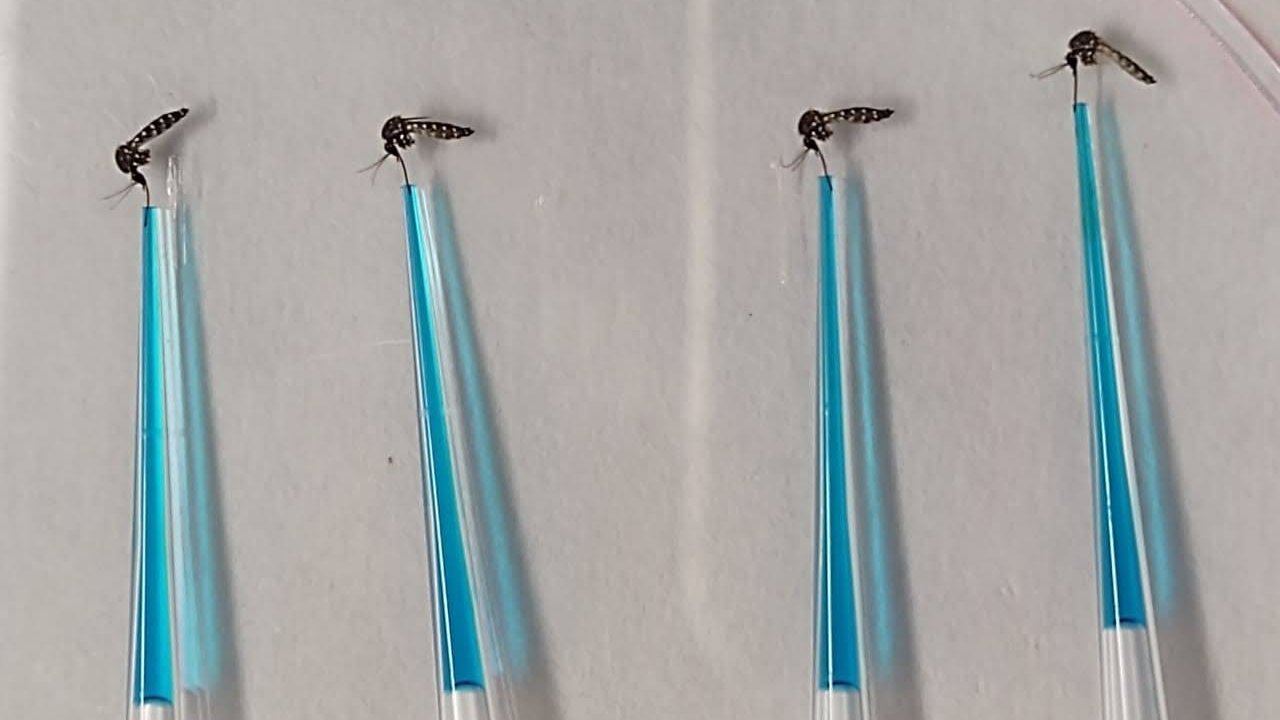
Entomological surveillance and innovative vector control strategies
Traditional surveillance and vector control approaches have limited efficacy to prevent arbovirus outbreaks. We explore the Near-Infrared Spectroscopy (NIRS) as a rapid, non-destructive and low-cost method to determine the infection status in mosquito vectors with a main goal to improve the surveillance of mosquito-borne viruses. Furthermore, we evaluate the effectiveness of releasing mosquitoes carrying self-spreading, virus-blocking strains of the endosymbiont Wolbachia bacteria on mitigating dengue, Zika and chikungunya transmission in endemic settings. Studies based on NIRS and Wolbachia are undertaken on both laboratory, semi-field and field conditions.
Funding:
FAPERJ - Fundação de Amparo à Pesquisa no Rio de Janeiro
DFG - Deutsch Forschungsgemeinschaft
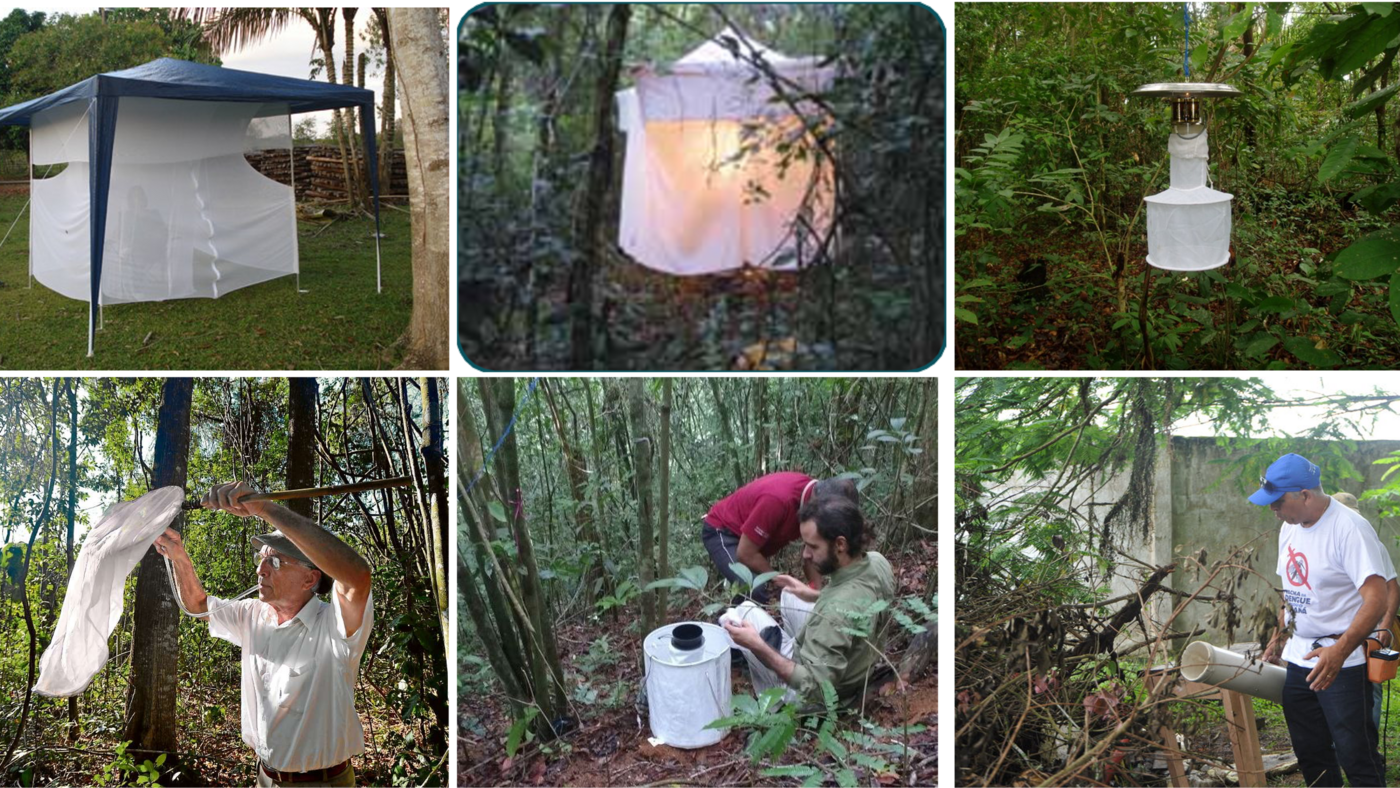
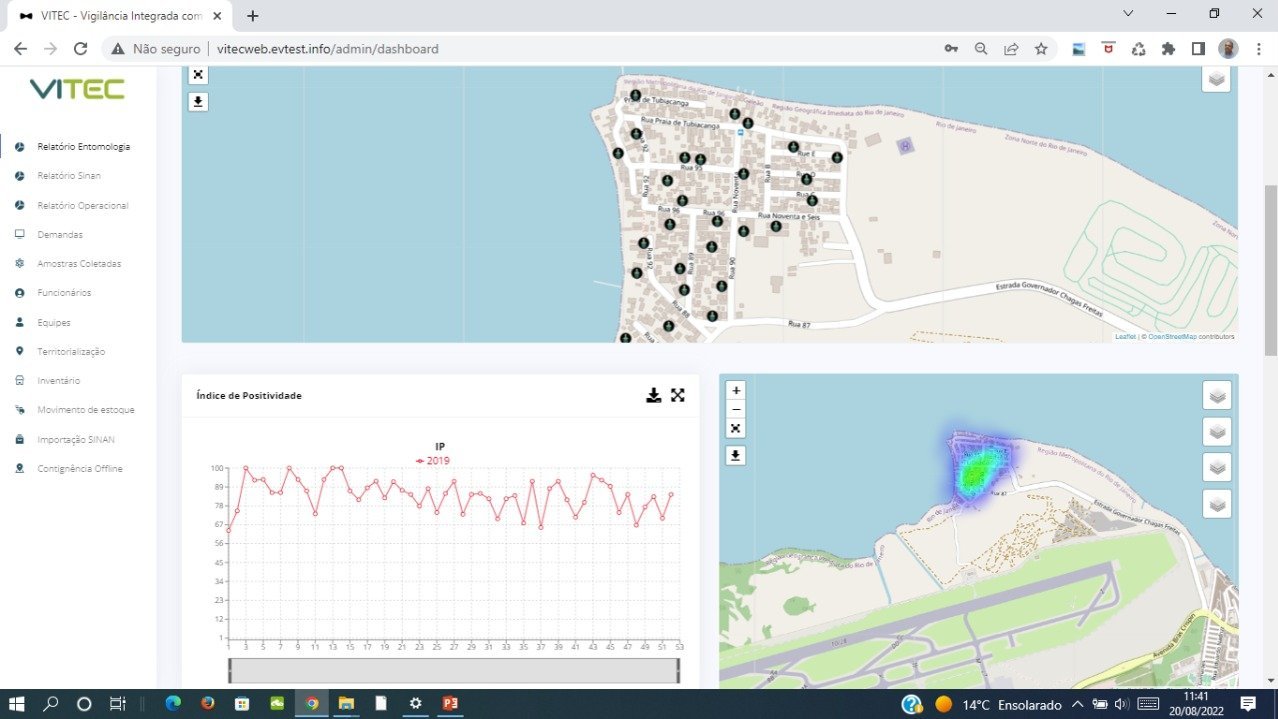




![[Translate to English:] [Translate to English:] Logo DFG](/fileadmin/media/Allgemeines_und_Platzhalter/Logo/Logo_DFG.png)
![[Translate to English:] [Translate to English:] Logo_Alexander_von_Humboldt_Stiftung](/fileadmin/media/Allgemeines_und_Platzhalter/Logo/Logo_Alexander_von_Humboldt_Stiftung.png)
![[Translate to English:] [Translate to English:] Logo of FACEPE](/fileadmin/media/Allgemeines_und_Platzhalter/Logo/facepe.png)
![[Translate to English:] [Translate to English:] Logo of FAPERJ](/fileadmin/media/Allgemeines_und_Platzhalter/Logo/faperj.jpg)
![[Translate to English:] [Translate to English:] Logo of Fundacao Oswaldo Cruz](/fileadmin/media/Allgemeines_und_Platzhalter/Logo/Oswaldo_Cruz.png)
